Although the following 20 cars are very different, they’ve all affected the status quo of the automotive world in one way or another. Some set new benchmarks in speed, performance and price while others redefined what was possible technologically or changed global car culture for good. They can all be considered as avant-garde in their fields and have inspired others to follow their lead.
It’s interesting to see how the early 2000s was characterised by the diversification and growth of luxury brands. Many had been recently merged into Goliath automotive groups and used technology, know-how and platform architecture to create a new and more diverse range of cars. Up until the economic crisis of 2008, major manufacturers filled even the smallest of automotive niches, from SAVs and four-door coupés to shooting brakes.
Meanwhile, the true technological innovation and socioeconomic disruption was happening elsewhere, beyond the bubble of the automotive comfort zone. And while Apple never launched its mythical iCar, Silicon Valley players such as Uber and the raft of other car-sharing start-ups placed their bets on the idea that cars are no longer considered the golden calf of personal freedom and most millennials don’t even want to own a car at all. Most big brands clutched onto their fossil-fuelled best-sellers, others started carefully testing the water with their first EVs, showing the world – and the petrolhead directors sitting on their boards – that silence could be the new loud.
In this, Classic Driver’s 21st year in the business, we’ve tried to retrace our steps, peer through the wide-angle lens of automotive archaeology and identify the cars that changed the game for good. Of course, this list is as subjective as it is incomplete. So, why don’t you head over to the comments sections on our Instagram and Facebook pages and let us know your opinions on which cars have left the greatest mark on the new millennium so far. We can’t wait to see what you think.
1999 BMW X5
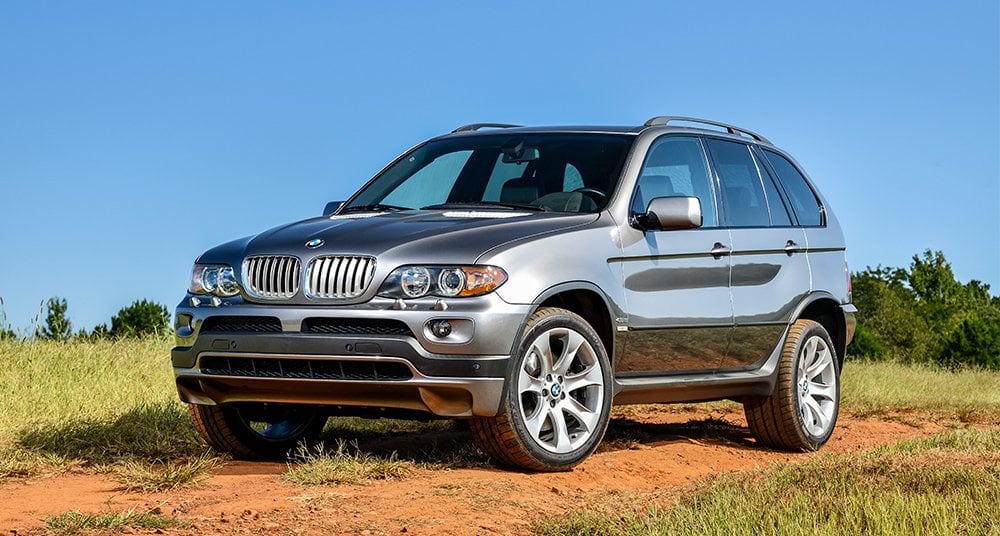
The SUV has undoubtedly been the most assertive new species that’s entered the automotive world in the last two decades and it all started with the BMW X5, which was launched at the dawn of the new millennium. While off-road cars had previously looked like the boxy utility vehicles they were, the X5 sported the blown-up silhouette of a sports car, making a point that proportions are overrated in car design. And as we now all know, everybody else followed BMW’s lead.
2000 Mini MINI
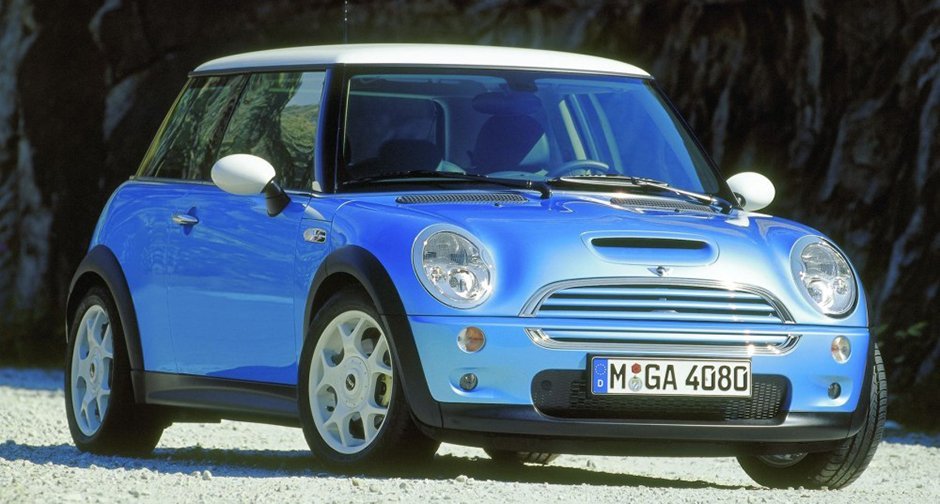
While Apple proved that personal computers could be colourful and fun with the iMac in 1998, the new Mini was the first true lifestyle-oriented car, tailored around a clever marketing campaign aimed at a young, hedonistic and predominantly female target group. It certainly wasn’t as small as the original Mini, but hey – it had a cute, retro face and since humanity wound up surviving the Y2K apocalypse, it fit so nicely into the escapist Café-del-Mar, latte-macchiato, chihuahua jet set of the time.
2002 Ferrari Enzo
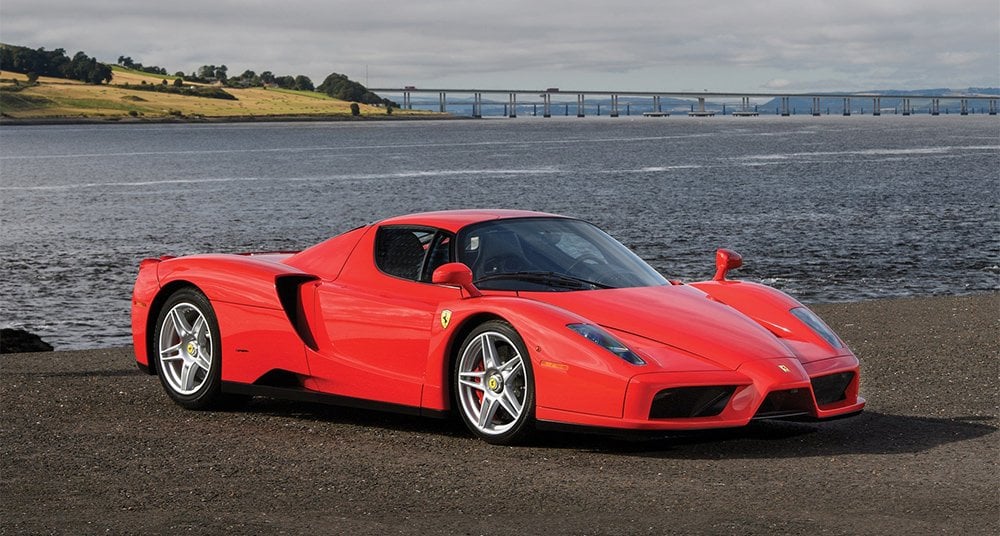
Between 1999 and 2004, Ferrari dominated Formula 1 like it had never done before. Never having been shy of self-celebration and always eager to translate its racing know-how into its road-going cars, the brand developed a street-legal supercar that utilised Formula 1 technology such as a carbon-fibre body and an electrohydraulic-shift transmission. While the Ken Okuyama-designed body left no doubt about the car’s F1 bloodline, the successor of the mythical F40 and F50 made us wonder how on earth they wanted us to pronounce it. Was it the ‘Ferrari Enzo Ferrari’, the ‘Enzo Ferrari’ or the ‘Ferrari Enzo’? It started a mystery car name trend that keeps us troubled to this day.
2003 Bentley Continental GT

In 2003, Volkswagen became the sole owner of Bentley and it celebrated the takeover with a bang. The new Bentley Continental GT wasn’t only the first mass-produced car assembled under the banner of the highbrow ‘flying B’, but the voluptuous and sculpturally shaped coupé also created a new luxury segment for the contemporary gentleman’s GT. It also opened the brand up to new, affluent audiences, prompting football players and rappers to trade in their Mercedes-Benzes and Lamborghinis by the dozen.
2003 Lamborghini Gallardo
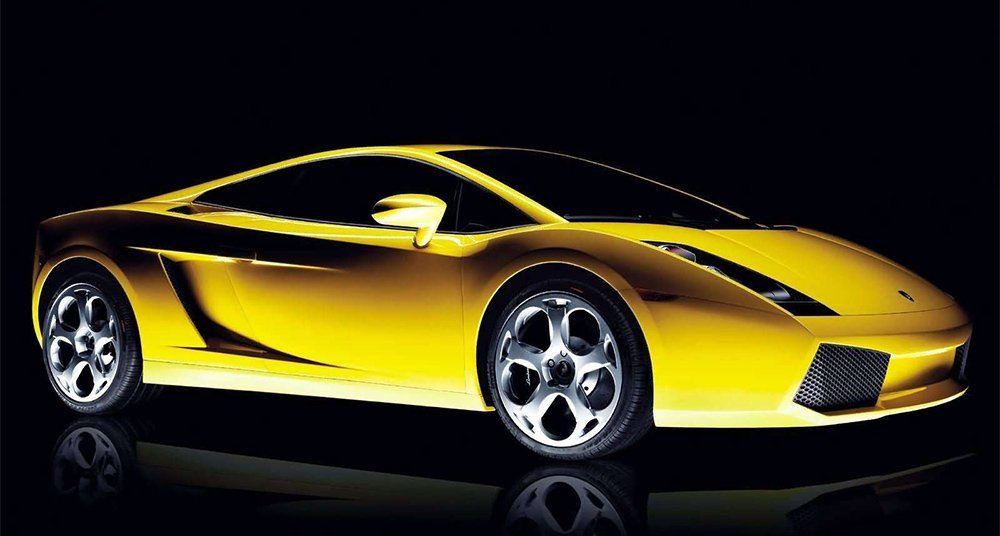
Designed by the talented Luc Donckerwolke and heavily reliant on Audi’s technology, know-how and endless cash stream, the ‘baby Lamborghini’ not only brought stability and wealth to Sant’Agata Bolognese but also established a foothold for the entry-level, everyday super-sports car. In the decade that followed it, an armada of automotive journalists did little else than fly around the world testing the latest special editions of Lamborghini, Ferrari and McLaren’s mid-engined sprinters. Looking back, the first-gen Gallardo is still the most puristic, beautiful and hardcore representative of its kind.
2003 Rolls-Royce Phantom
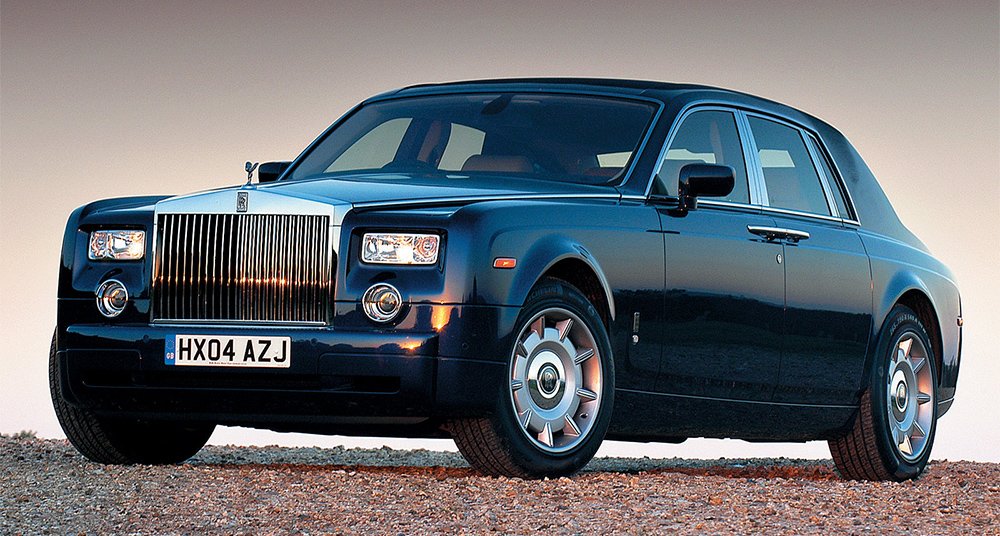
It had become obvious in the early 2000s that a new league of global wealth was on the rise and that billionaires in China, India, Russia and the Middle East cared little about discretion and unpretentiousness. BMW thus decided that British understatement was to be no more and created the new Rolls-Royce Phantom. It was about as subtle as a rolling bank vault and became a symbol of over-the-top UHNWI luxury before the recession in 2008 forced the global Monopoly game to return to ‘Go’.
2005 Bugatti Veyron
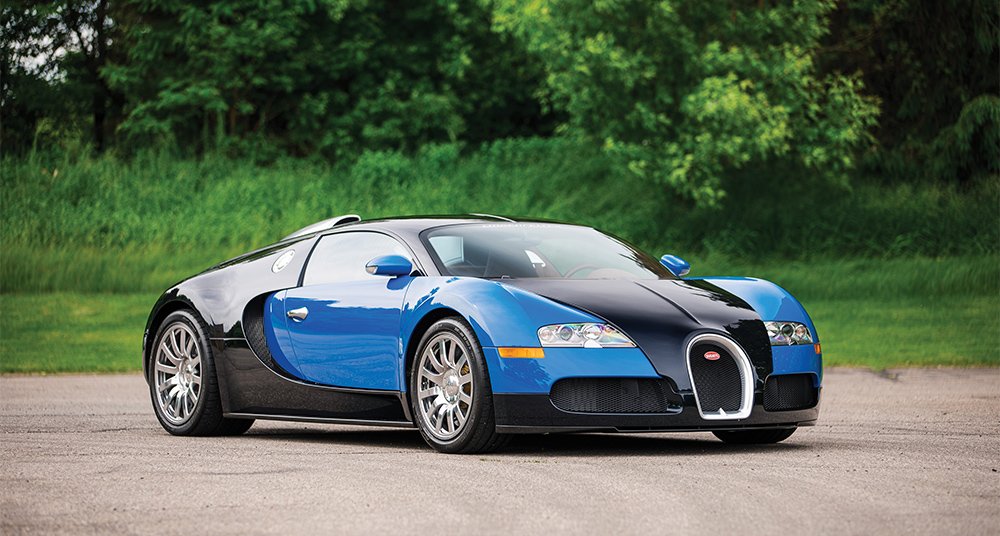
While the Bugatti Veyron broke the one-million-euro barrier and created the genre of the seven-figure hypercar that’s now engrained in the automotive mainstream, its true achievements were mainly only comprehensible to doctors of engineering. Pushed through to production against all odds by Ferdinand Piech, the Veyron was an ingenieurswunderwerk in the truest sense and redefine what was possible in terms of performance and speed. Looking back, it might be considered a last hurrah of the Olympic mantra of Citius, Altius, Fortius, which had been the leading paradigm since the early days of the automobile.
2007 Nissan GT-R
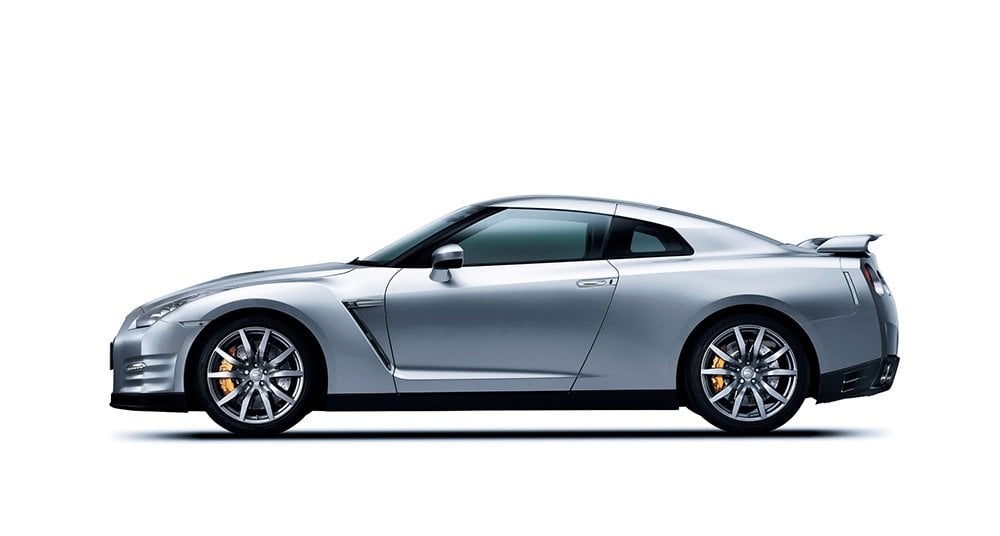
Children love fairy-tales and there has been no car in the last 20 years that’s played the role of the giant-killing underdog hero as well as the Nissan GT-R. An ascendant of the cult Skyline dynasty, the race- and award-winning Japanese sports car quickly garnered a global following among the PlayStation generation, becoming a true icon of 2000s car culture.
2008 Tesla Roadster

It’s hard to imagine now, but before 2008, electric vehicles formed an obscure automotive sub-genre, enjoyed only by social dropouts living in cooperative communes and used to transport their crocheted dreamcatchers to the local flea market every week. Then a Californian start-up named Tesla arrived on the scene with essentially a battery-powered Lotus Elise and declared that emissions-free driving could, contrary to popular belief, be very fun. It converted former petrolheads by the thousands and the rest is history – in the making!
2008 BMW Gina

It’s difficult to imagine this particular car with this particular name being launched in the #MeToo era. Instead of causing a Harvey Weinstein-strength shitstorm on social media, the Chris Bangle-designed BMW Gina was blamelessly considered to be the most daring, experimental and erotic concept car out there when it was revealed in 2008. Made from elastic, water-resistant and polyurethane-coated spandex that opened up in a very suggestive way, ‘Gina’ was a fascinating fusion of automotive design and fashion and certainly the most Freudian car since the Jaguar E-type.















